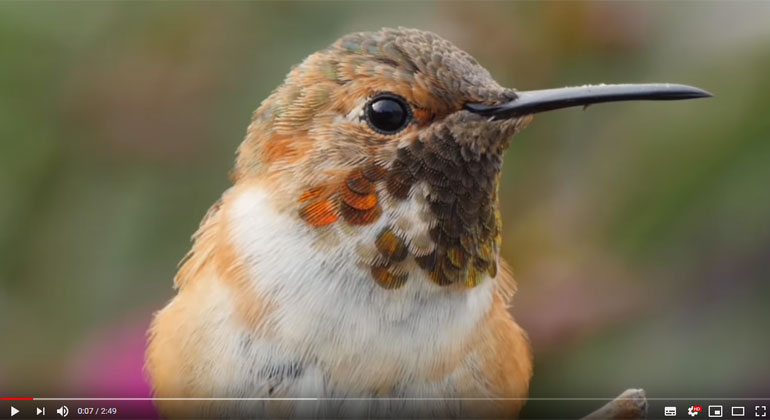Nearly 30% of birds in U.S., Canada have vanished since 1970
If you were alive in 1970, more than 1 in 4 birds in the U.S. and Canada have disappeared within your lifetime. According to research published Sept. 19 by the journal Science, the total breeding bird population in the continental U.S. and Canada has dropped by 29 percent since that year.
“We were astounded by this result … the loss of billions of birds,” said the study’s lead author, Ken Rosenberg, an applied conservation scientist at the Cornell Lab of Ornithology and a leader of research and planning on joint initiatives by the Lab and the American Bird Conservancy.
Rosenberg led a research team of scientists from seven institutions from the U.S. and Canada in the analysis of 529 bird species. The team analyzed the most robust synthesis of long-term-monitoring population surveys ever assembled for a group of wildlife species; it also analyzed radar imagery.
Rosenberg said the results of this study point to something bigger than birds.
“It’s a strong signal that our human-altered landscapes are losing their ability to support birdlife,” he said. “And that is an indicator of a coming collapse of the overall environment.”
All told, the U.S. and Canadian continental avifauna population is down by 2.9 billion breeding adult birds, with devastating losses among birds in every biome. Forests alone have lost 1 billion birds. Grassland bird populations collectively have declined by more than 50 percent, or another 700 million birds.
Habitat loss, said the authors, is likely to be the driving factor in these declines.
“These numbers are staggering,” said Arvind Panjabi, study co-author and avian conservation scientist at the Colorado-based Bird Conservancy of the Rockies.
So-called common birds – the species many people see every day – represent the greatest losses of birdlife in the study. More than 90 percent of the losses come from 12 avian families, including sparrows, blackbirds, warblers and finches. The losses include favorite species seen at bird feeders, such as dark-eyed juncos (little gray snowbirds that show up in backyards in winter, down by 160 million) and white-throated sparrows (down by 90 million).
Meadowlarks are down from coast to coast – a 70 million decline for Eastern meadowlark, and 60 million for Western meadowlark. The continental red-winged blackbird population has declined by 92 million birds.
- Read more about the study and find ways to help birds recover. | Gustave Axelson is editorial director at the Cornell Lab of Ornithology.
- Read more








